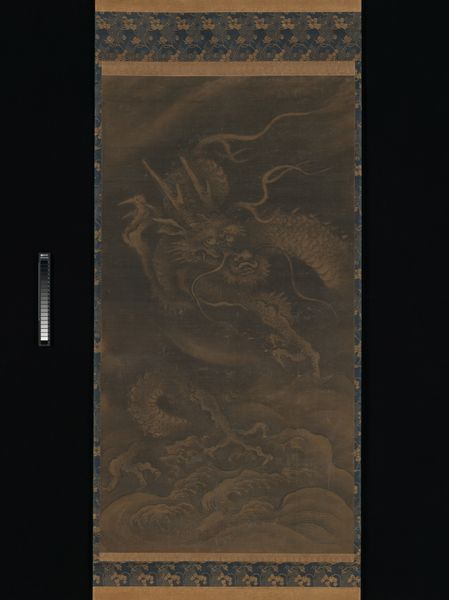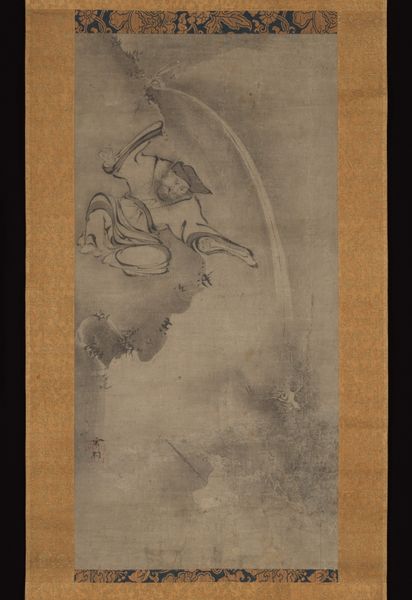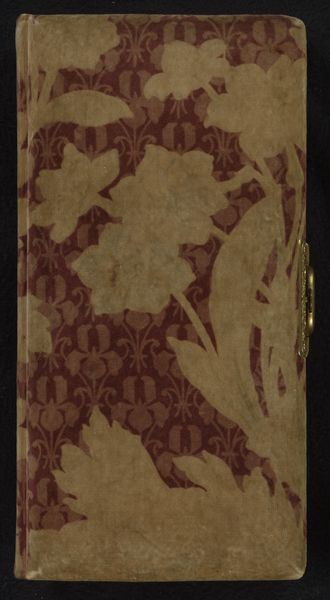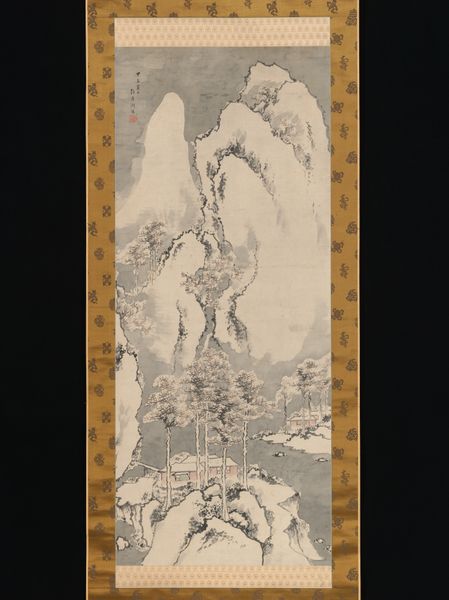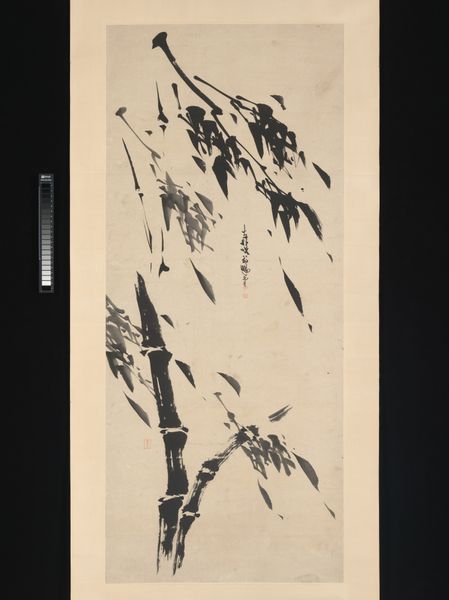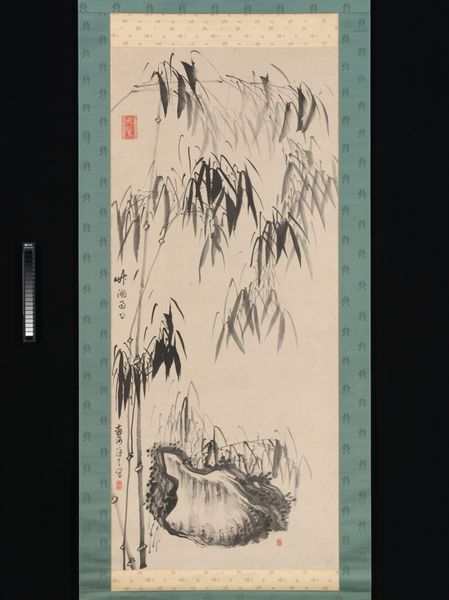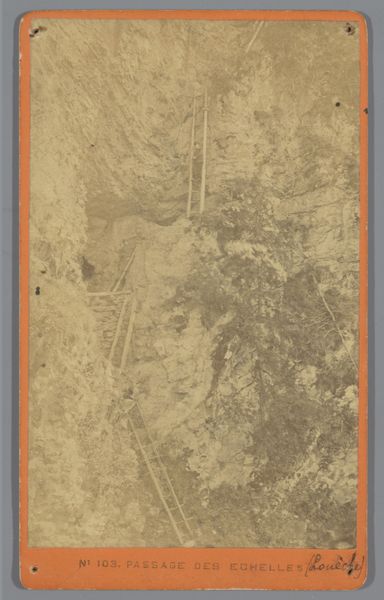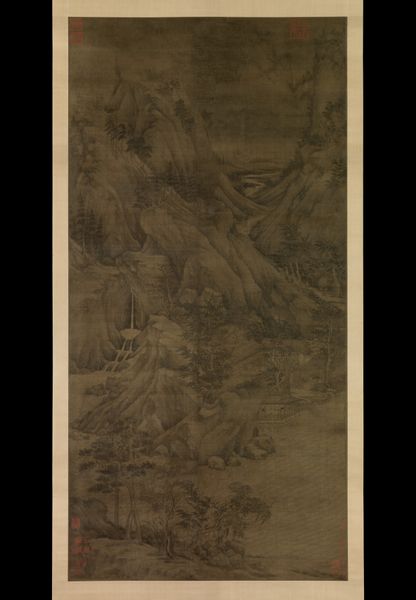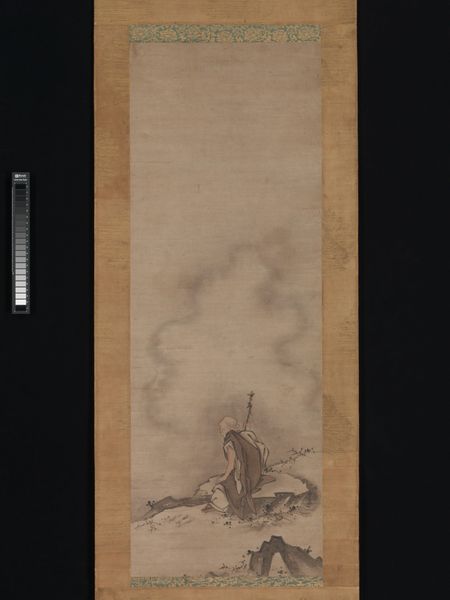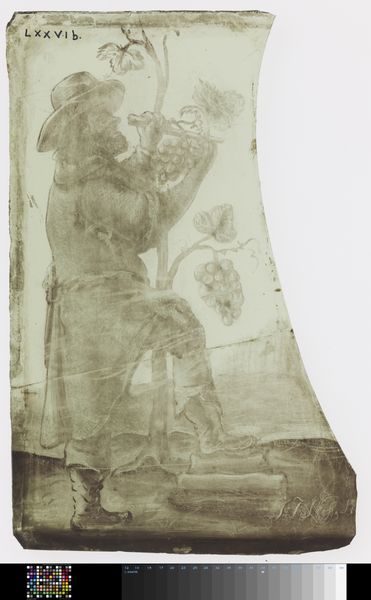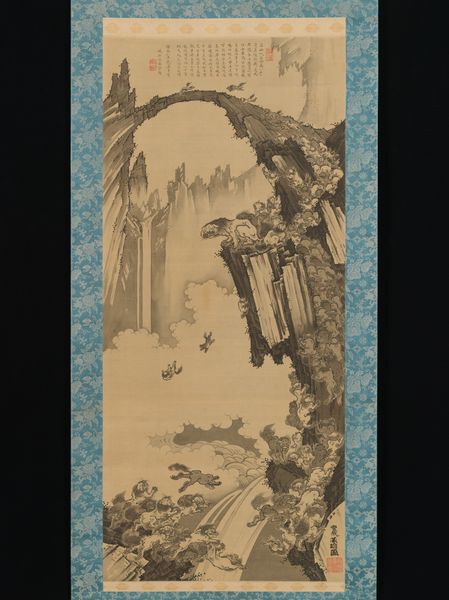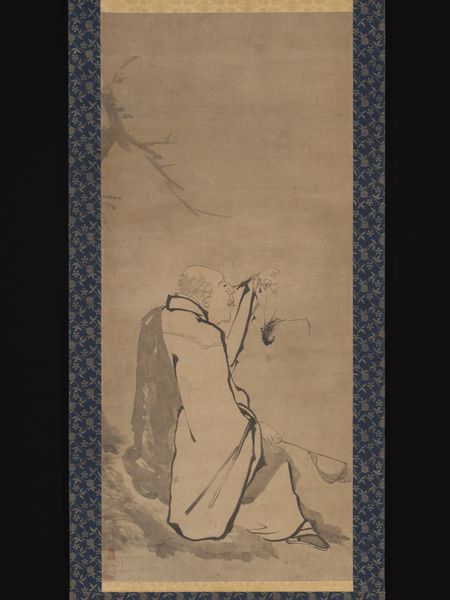
painting, ink
#
animal
#
painting
#
asian-art
#
landscape
#
figuration
#
ink
#
orientalism
#
line
Dimensions: 51 1/4 x 27 1/2 in. (130.2 x 69.9 cm)
Copyright: Public Domain
Muqi's 'Tiger' is a hanging scroll, made with ink on paper, during the Song Dynasty in China. As a Chan Buddhist monk, Muqi’s work reflects a profound understanding of Zen principles, emphasizing spontaneity and the expression of inner truth. Look closely at the tiger. The tiger in Chinese culture embodies power, courage, and is deeply embedded in spiritual beliefs and social hierarchies. Muqi uses ink washes to capture the animal’s essence. The tiger, emerging from a misty background, isn't just a depiction of an animal, it is a mirror reflecting cultural values and spiritual quests. How do you think the tiger's representation is connected to ideas of masculinity, strength, and protection? Consider the context of Muqi’s identity as a monk. His choice to paint a tiger, a symbol loaded with social meaning, invites questions about the relationship between personal expression, religious belief, and cultural norms. What does it mean to take a symbol like a tiger and infuse it with personal vision? The artwork subtly challenges conventional representations and offers new narratives about identity, spirituality, and the natural world.
Comments
No comments
Be the first to comment and join the conversation on the ultimate creative platform.
